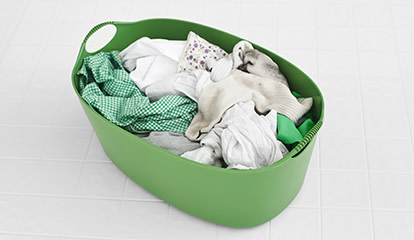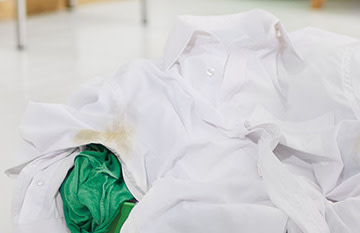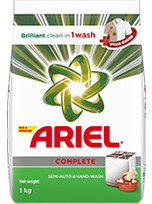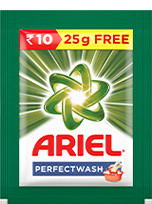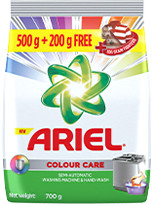Washing soda features either as an ingredient in some cleaning products or as a standalone cleaning agent. It can be made by putting baking soda in an oven and is often used in homemade detergent recipes, and is sometimes used as a laundry booster or water softener. It’s an alkaline substance that can be used for general household cleaning, and even for the laundry. However, it doesn’t clean clothes perfectly, so using laundry detergents is always recommended for the best results. Read on to learn all about washing soda, what it is and how it’s made, and how you can use it for your laundry.
What are the properties of washing soda?
Washing soda is a chemical compound with the formula Na₂CO₃, also known as sodium carbonate, and it’s a salt of carbonic acid. Some use washing soda to make homemade laundry detergent, to clean especially in hard water, and some even use it as a laundry additive to soften water. Water-rich in minerals like magnesium and calcium is known as hard water. Hard water can affect the cleaning power of your detergent, but washing soda can bind to minerals in the water, allowing homemade detergents to better-absorb into fabric fibres and get on with the cleaning. Washing soda should not be confused with baking soda, even though chemically they are closely related.
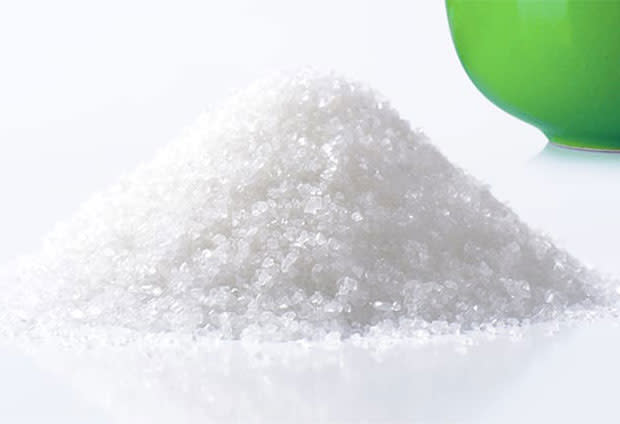
How is washing soda made?
Washing soda is often made from the ashes of burned plants, which is why it’s sometimes known as soda ash. Another way it’s made is by simply putting baking soda in the oven. Heating baking soda in the oven causes a chemical reaction that changes the baking soda compound, transforming it into washing soda. Please note, that making your own chemicals at home can be extremely dangerous, so we don’t recommend trying to make your own washing soda.
What are some of the uses of washing soda?
Removes stains. Washing soda is highly alkaline, and can act as a solvent to remove stains.
Unclogs drains. Washing soda and boiling water can be used to unclog drains.
Removes greasy build-up in pots and pans. It can be used to remove tough stains from kitchenware, or to remove soap scum from bathroom and kitchen surfaces.
Cleans outdoor furniture. Controls aphids, whiteflies and black spots on roses. Mix it with water in a spray bottle, and spray it on plants to help control outdoor pests.
Cleans the washing machine. If you put washing soda into the drum and use the machine on its hottest setting with the most water, it can effectively deep-clean your washing machine.

How is Ariel different from homemade laundry detergent?
The main difference between washing soda and a laundry detergent, like Ariel, is the detergent’s additional ingredients and the use of surfactants. Luckily you don’t have to know how to make detergent powder, as there are complex laundry detergents developed to clean garments specifically, while washing soda is usually just an ingredient used in homemade laundry detergents that usually contain the following:
WATER SOFTERNERS
Like washing soda or borax (a boron compound), they work to soften hard water so that the main laundry detergent ingredients can work effectively.
SOAP
The main ingredient that cleans the garment.
BOOSTERS
This works to remove resistant stains and to whiten whites.
The most important thing to note is that if you’re using Ariel, there’s no need to use washing soda as well.
Why choose Ariel over homemade detergents or washing soda?
The difference between commercial detergents and laundry soaps is that soap is made by mixing fats or oils with an alkali base like lye, and can even be made at home, while a detergent uses surfactants, which are made using more complex chemical reactions. You cannot make surfactants at home, as very high temperatures and complex reactions are involved.
Surfactants, like those you’ll find in Ariel detergents, attach to dirt and the water used during the clean, allowing any dirt or soiling to be washed away. They’re specifically designed to trap any soiling, suspend it in the water, and then be rinsed away. Soap does not do this.
Why choose Ariel instead of washing soda?
Ariel offers more sophisticated laundry technology that works to remove minerals in hard water even without the use of washing soda. Ariel PODS give you a unique cleaning power while removing tough stains and leaving nothing but amazing brightness and freshness behind. Ariel Matic powder works to remove tough stains, like Tomato, Curry, Chocolate, in just 1 wash with the Smart enzyme technology. Liquid detergent, on the other hand, dissolves quickly even in cold water. It removes tough stains and protects the brightness of your colours.
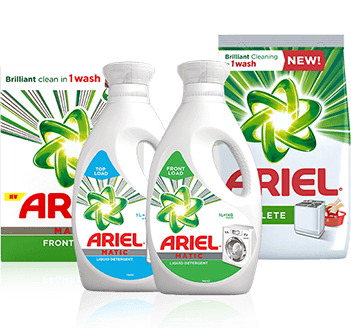
Using Ariel instead of washing soda, laundry soap, or any homemade variety will give you better stain removal results, working to remove soiling more efficiently while caring for your fabrics.

FAQs about washing soda
Related articles
- Read More
How to remove blood stains from clothing
Blood stains on clothes, especially on white clothes, might be scary at first, as it is a tough stain, especially if it is not treated while the stain is still fresh.
- Read More
How to wash silk sarees and silk clothes at home
Few fabrics feel as luxurious as silk, and you might be surprised to find that dry cleaning doesn’t have to be your only option for washing them.
- Read More
How to remove yellow and sweat stains from clothes
Are you having trouble with yellow or sweat stains on your clothes and wondering how you could remove them?

